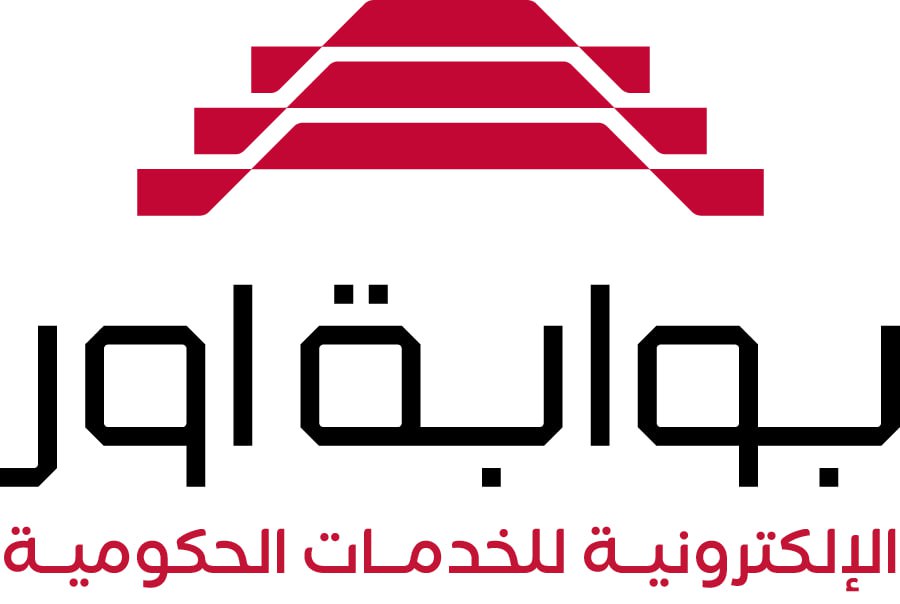Asst. Lect. Rasha Ali
Department of English
College of Education for the Humanities
University of Kerbala
Discursive Practices and Reforming War-related Language
Recently, social media has become a very powerful force in modelling the narrative around international wars, including the Gaza war. It has helped to provide alternate narratives, by filling the gaps and addressing the spaces in mainstream media coverage of the war (Kokeyo, 2023). Further, it has showed how conflicts are stated and perceived (Avelar, 2024).
Social media platforms, such as Instagram, Facebook and Twitter, has enabled everyday people to voice over their opinions and standpoints through personal stories, images and real-time updates. Viral postings and hashtags, such as #freepalestine and #Gazaunderattack, have enlarged awareness and incited conversations across geographic boundaries (Shestakov, 2022). Such platforms provide dynamic immediate reports from those on the ground and empower them to deliver real-time updates. There has been an age of news democratization as ordinary citizens and everyday people can participate in disseminating conflict news and shape their viewpoints with a wide global audience (George,2024; Schmitt et al., 2024).
Beside democratizing war news, social media platforms provide a variety of perspectives while distributing the information stream. They offer a number of forums used by activists, journalists and individuals to attract attention to subjects such as human rights abuse and humanitarian worries which are regularly disregarded by mainstream media (Awwad & Toyama, 2024). The range of perspectives online qualifies a broader understanding of conflicts.
Consequently, social media considerably has affected how the public views and shares narratives about the Gaza conflict. For instance, Georgios et al. (2023) suggest that “social media influences the way Americans, especially young Americans, perceive the conflict. Younger audiences get more of their news from social media – particularly TikTok and Instagram – than from traditional media, such as newspapers and television.” Multimedia materials, viral posts and hashtags influence how public perceive events. people may cooperate openly with the shared content online.
Petition signing and fundraising can be achieved globally, and are more easily done through social media campaigns. Hashtags such as #GazaUnderAttack have encouraged people to participate together through videos and photos which brings international support and attention (Manor & Crilley, 2018). These platforms allow for their younger audiences to be updated with the most recent developments in Gaza and make it easier to start grassroots movements that aim to build support and change the global public sentiment.


 كلية الطب
كلية الطب
 كلية طب الاسنان
كلية طب الاسنان
 كلية الصيدلة
كلية الصيدلة
 كلية العلوم الطبية التطبيقية
كلية العلوم الطبية التطبيقية
 كلية التمريض
كلية التمريض
 كلية الطب البيطري
كلية الطب البيطري
 كلية الهندسة
كلية الهندسة
 كلية العلوم
كلية العلوم
 كلية العلوم السياحية
كلية العلوم السياحية
 كلية الادارة والاقتصاد
كلية الادارة والاقتصاد
 كلية العلوم الاسلامية
كلية العلوم الاسلامية
 كلية علوم الحاسوب وتكنولوجيا المعلومات
كلية علوم الحاسوب وتكنولوجيا المعلومات
 كلية القانون
كلية القانون
 كلية التربية للعلوم الصرفة
كلية التربية للعلوم الصرفة
 كلية التربية للعلوم الانسانية
كلية التربية للعلوم الانسانية
 كلية التربية البدنية وعلوم الرياضة
كلية التربية البدنية وعلوم الرياضة
 كلية الزراعة
كلية الزراعة
 وزارة التعليم العالي والبحث العلمي
وزارة التعليم العالي والبحث العلمي
 بوابة اور الحكومية للخدمات الالكترونية
بوابة اور الحكومية للخدمات الالكترونية
 جامعة بابل
جامعة بابل
 جامعة بغداد
جامعة بغداد
 الجامعة التكنولوجية
الجامعة التكنولوجية
 جامعة ديالى
جامعة ديالى
 جامعة الموصل
جامعة الموصل
 جامعة الكوفة
جامعة الكوفة
 جامعة البصرة
جامعة البصرة
 جامعة الانبار
جامعة الانبار
 جامعة تكريت
جامعة تكريت
 جامعة القادسية
جامعة القادسية
 جامعة النهرين
جامعة النهرين
 جامعة كركوك
جامعة كركوك
 الجامعة المستنصرية
الجامعة المستنصرية
 جامعة ميسان
جامعة ميسان
 جامعة ذي قار
جامعة ذي قار
 جامعة واسط
جامعة واسط
 جامعة تكنولوجيا المعلومات والاتصالات
جامعة تكنولوجيا المعلومات والاتصالات
 الجامعة العراقية
الجامعة العراقية
 جامعة المثنى
جامعة المثنى
 جامعة القاسم الخضراء
جامعة القاسم الخضراء
 الجامعة التقنية الوسطى
الجامعة التقنية الوسطى
 جامعة الفلوجة
جامعة الفلوجة
 جامعة الفرات الاوسط التقنية
جامعة الفرات الاوسط التقنية
 الجامعة التقنية الجنوبية
الجامعة التقنية الجنوبية
 جامعة سامراء
جامعة سامراء
 جامعة جابر بن حيان الطبية
جامعة جابر بن حيان الطبية
 جامعة الكرخ للعلوم
جامعة الكرخ للعلوم
 جامعة نينوى
جامعة نينوى
 جامعة البصرة للنفط والغاز
جامعة البصرة للنفط والغاز
 جامعة الحمدانية
جامعة الحمدانية
 الجامعة التقنية الشمالية
الجامعة التقنية الشمالية
 جامعة ابن سينا للعلوم الطبية والصيدلانية
جامعة ابن سينا للعلوم الطبية والصيدلانية
 كلية الإمام الأعظم الجامعة
كلية الإمام الأعظم الجامعة
 جامعة سومر
جامعة سومر
 جامعة تلعفر
جامعة تلعفر
 جامعة الفراهيدي
جامعة الفراهيدي